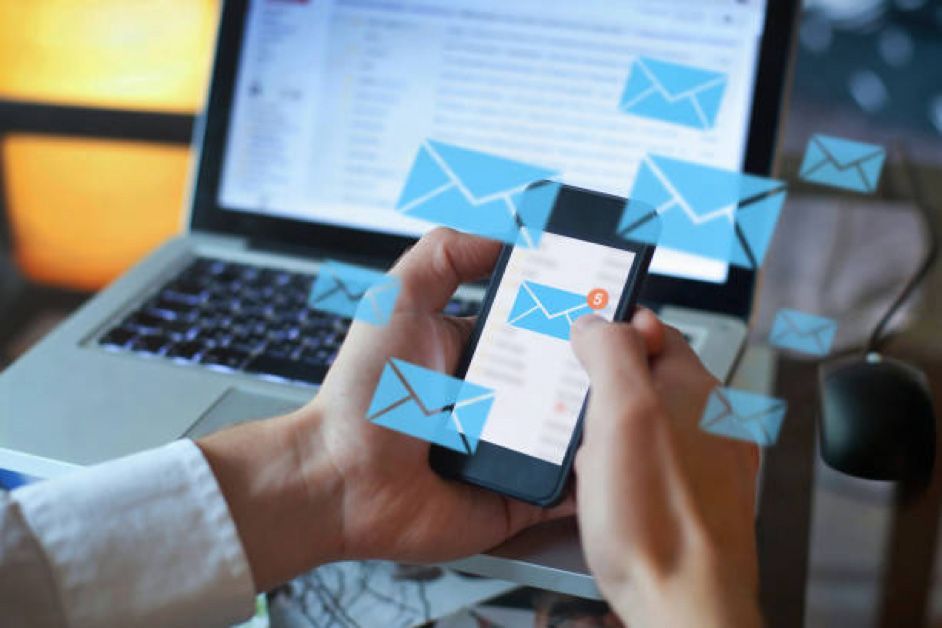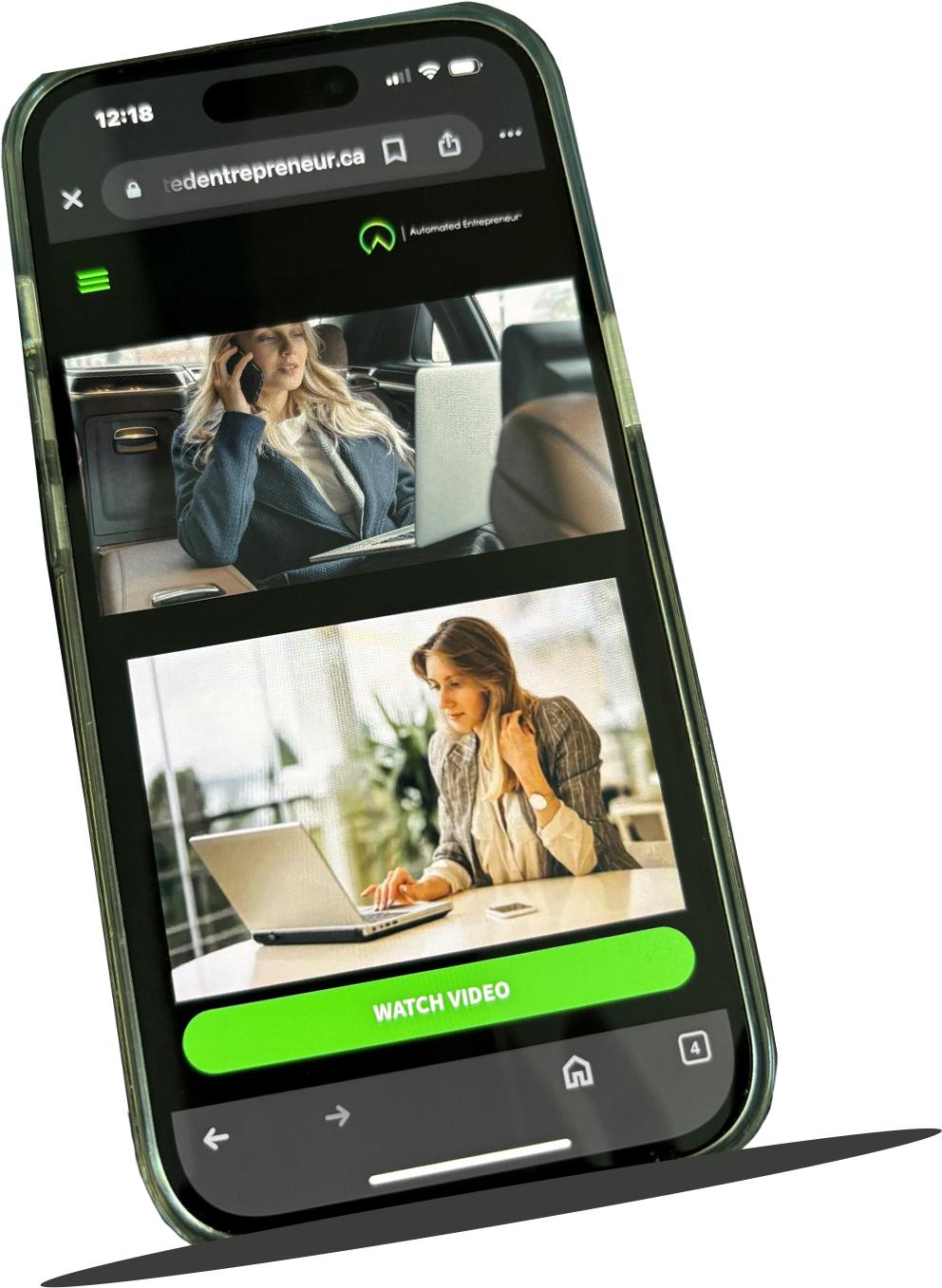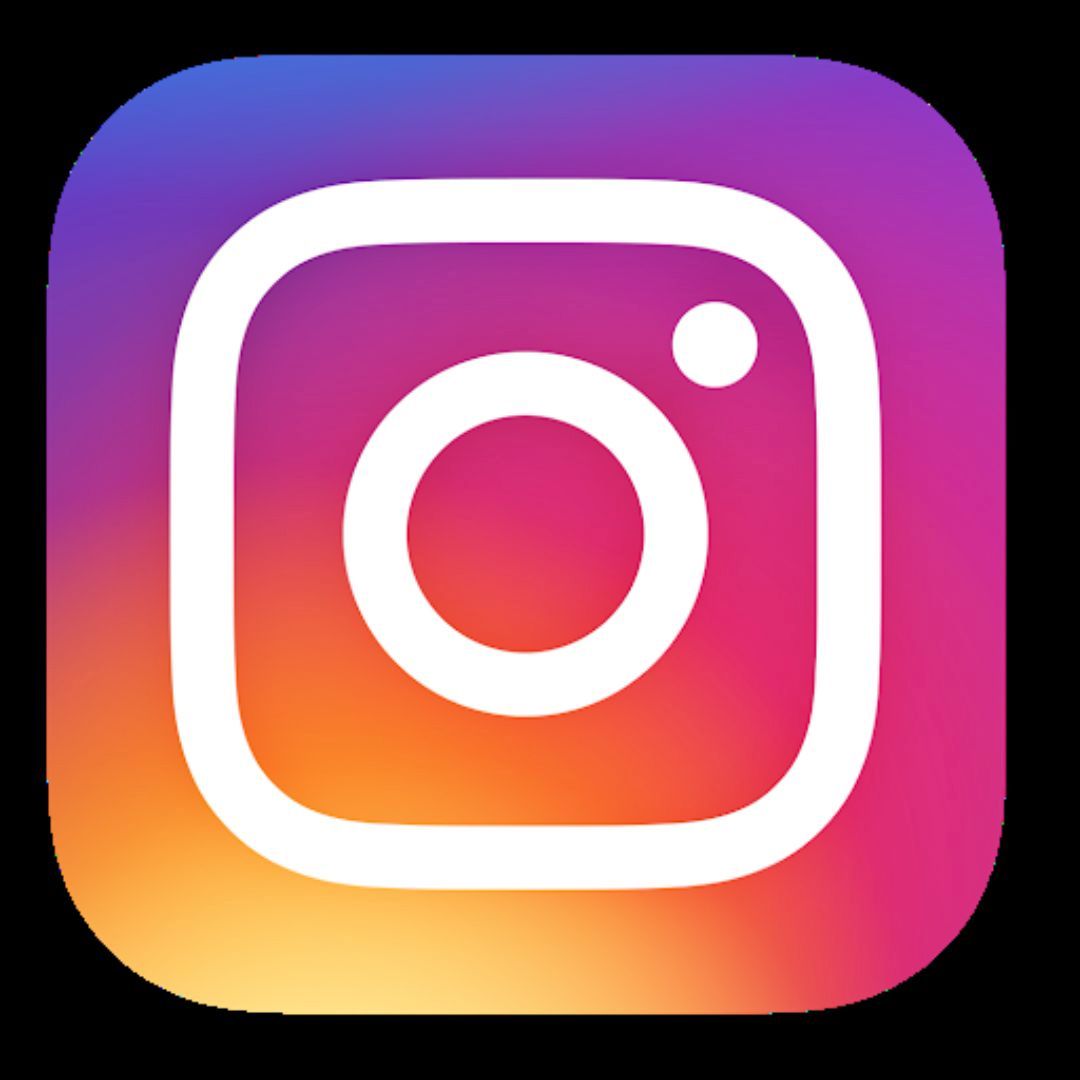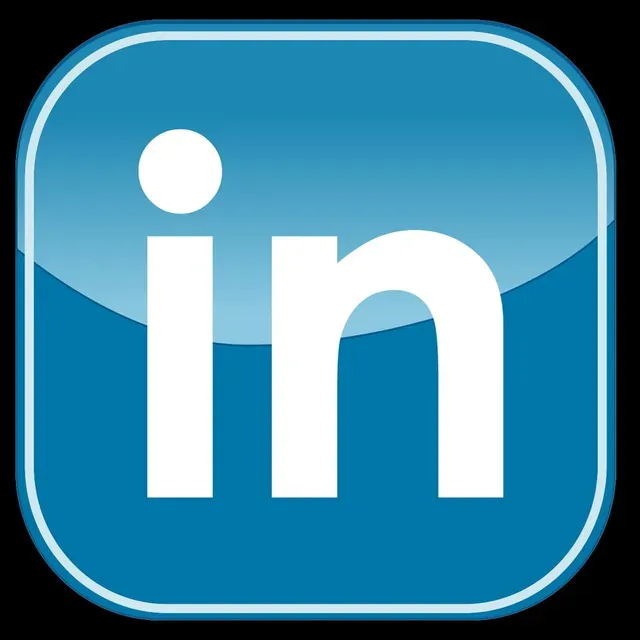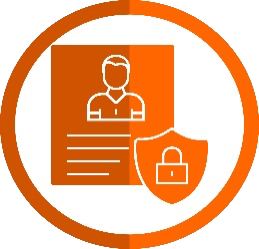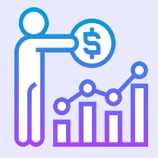5 More Referral Ideas
6. Exclusive Events
Customers like to feel like they‘re a part of a community, especially if it’s exclusive. By hosting events that are reserved for members of your customer loyalty program, you can capitalize on customer advocacy and attract new leads.
For example, you can provide extra tickets to an event so customers can invite their peers and introduce them to your brand through a casual setting. Rather than bringing them into one of your stores, leads can attend a company outing or event where there's no pressure to close a deal.
Why It's Effective
Messaging from companies will never equal the impact of recommendations from friends and family. If you can provide customers with unique experiences that introduce your brand without making it the focus of the entire event, loyal customers won't feel strange about sharing invites with their social circle.
Who It's Best For
This is often a great approach for B2B companies to help expand their current corporate network connections. If you can carve out a reputation as a company that hosts great events, it's even easier for current customers to convince friends and family to tag along.
How to Measure the Program's Success
Compare your spending on the event to the number of referrals received and the number of conversions related to these referrals.
Expect to take a loss the first few times as potential customers become familiar with your events, but if low numbers persist, consider changing your approach.
When to Implement It
Implement this strategy when calendars are fairly clear. For example, just after the holiday season is a good time — prospective referrals are often feeling a bit down and looking for an excuse to have a good time.

7. Referral Discounts
If your customers are looking for a more direct return on their referrals, you can also offer them discounts based on how many leads they bring to your business.
Remember, acquiring a new customer is much more expensive than retaining an existing one, so the money you lose on the discount will be made up for with the leads that you convert.
Why It's Effective
Large enough discounts on products people want can convince them it‘s worth their time to refer to their social connections and help promote your brand. The caveat? Do your research to make sure the discount you’re offering is substantial enough to drive action.
Who It's Best For
This method works well for brands with high-value items such as electronics, jewelry, or clothing. If you can offer a significant discount for the number of referrals brought in, you're more likely to see success.
How to Measure the Program's Success
Remember that when it comes to referral programs, what you lose on discounts, you make up for with new customers. Track sales from customer referrals over a specified period — for example, six months — to see if discounts are paying dividends.
When to Implement It
Consider running this type of campaign during the launch of a newer and more expensive version of your product or the debut of an entirely new product line.
8. Product or Service Upgrades
Product or service upgrades are excellent incentives for customer referral programs because they both attract new leads and encourage existing customers to continue using your products.
If you don‘t have an upgraded product or service to offer, you can instead introduce customers to beta features, products, and services that the rest of your customer base doesn’t have.
Not only will this “wow” customers with what your product development team has been working on, but it will also make them feel like part of an exclusive group that has VIP access to these special features.
With this approach, you're not just offering an incentive in return for new leads. You're encouraging customers to share positive feedback while simultaneously adding value to their customer experience over time.
Why It's Effective
It's always nice to be part of the “in” group, especially if it gives you access to new services or features. Craft a stand-out experience here and customers will be happy to talk up your company.
Who It's Best For
Service-based companies and software developers are good examples of where this approach may excel. By giving repeat customers early access to new features and functions, they feel appreciated and are excited to tell everyone else about it.
How to Measure the Program's Success
Access to features and functions still in testing is extremely cost-effective since you're not currently marketing these to customers. As a result, any sales that come from referrals can be considered a success.
When to Implement It
I would suggest implementing this type of program whenever you're rolling out a new product or service. You get the benefit of free beta testing and customers are happy to be included.
9. Charity Connections
Here, you're helping yourself by helping your community. Instead of rewarding customers with discounts or exclusive events, you partner with a local charity organization and make a donation every time an existing customer provides a new lead referral.
This is particularly useful to help build brand reputation and trustworthiness over time — both of which are now a priority for consumers.
Why It's Effective
Reputation matters for customer retention. While buyers are happy to get a discount or a free gift, if you’re willing to make a donation for every new referral, it improves their perception of your brand and, in turn, their willingness to share your campaign.
Who It's Best For
This approach has widespread appeal. The caveat? Do your research and make sure the charity you're donating to is one that your current customers care about.
How to Measure the Program's Success
Since your goal here is reputation rather than direct revenue, focus on social media shares and positive online interactions with your brand. This indicates that your campaign worked, and conversions should naturally follow.
When to Implement It
While charity is a worthwhile goal any time of year, charitable giving may have more impact during or just after a crisis or high-profile event that has people looking for ways they can help.
10. Mystery Gifts
Who doesn't love a gift? And while picking your own from a lineup of potential presents is great, sometimes it's even better to get a surprise.
This is the idea behind mystery gift referrals — when current customers refer potential prospects, you send them a mystery gift. It doesn't need to be anything extravagant, just something that shows your appreciation.
Why It's Effective
Mystery gifts are just that — mysterious. They offer a surprise for potential referrals that may help them take action and sign up for your emails, follow your page, or start making purchases. Useful, not expensive, is the goal here.
Who It's Best For
While any company can implement the mystery gift idea, this approach typically sees more success with retail and eCommerce brands that already sell physical products.
For example, although a software design company could send out a free gift to potential clients, it's harder to connect this type of referral to the service being offered.
How to Measure the Program's Success
When it comes to measuring success from mystery gifts, take a look at spending versus revenue.
If giving gifts to current customers and their referral prospects leads to enough business that you offset the cost of your gift program, keep at it. If costs consistently outpace revenue, consider another approach.
When to Implement It
Everyone loves a free gift — use this approach wherever and whenever to drive new business.

